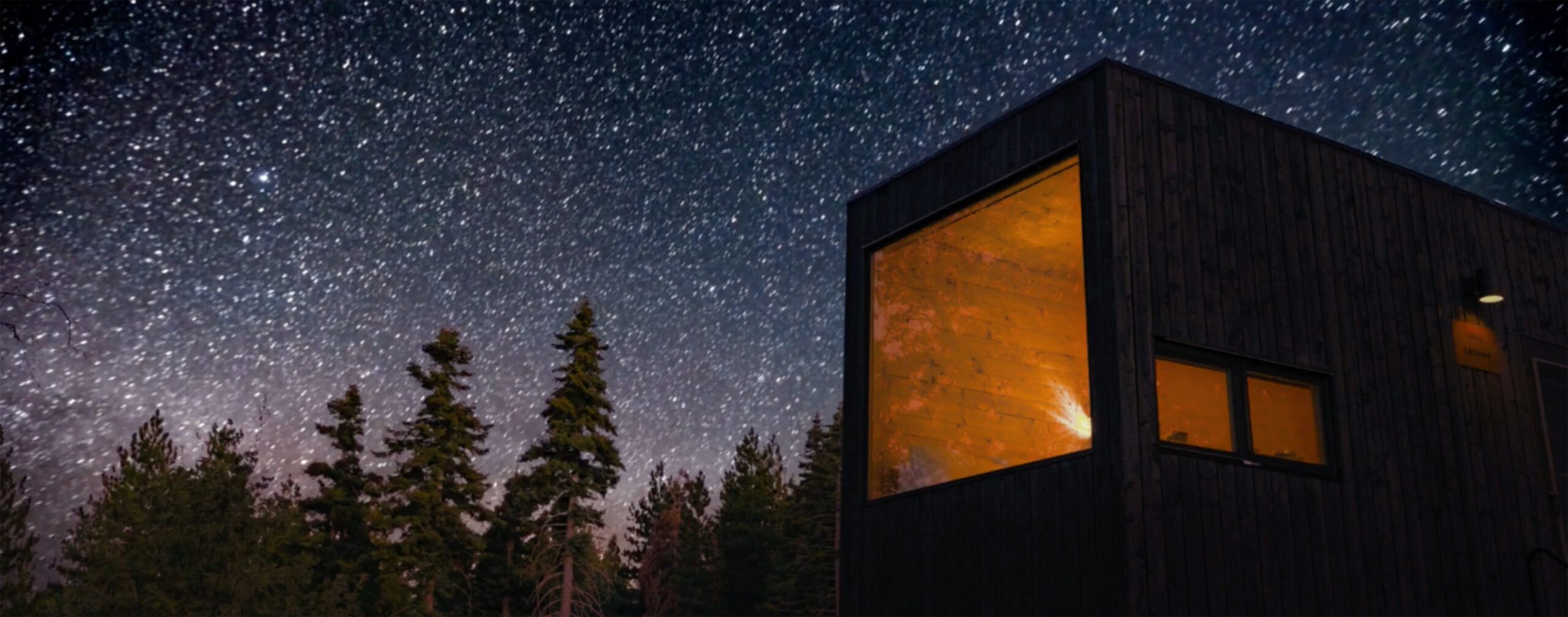If you’re searching for the perfect way to disconnect and unwind, a stargazing getaway at Postcard Cabins might be just what you need. Though located just a short drive from major cities, these cozy cabins offer dark skies and serenity—making them some of the best stargazing spots in the USA. Relax beneath a canopy of stars and reconnect with nature in a peaceful setting. Here’s what celestial sights to look forward to on your next Postcard Cabins adventure.
October
October is a big month for sky-watchers, with supermoons, meteor showers, and even a chance to spot Mercury in the evening sky. Here’s what to look up for this month:
Full Blood Supermoon
The first of three supermoons of this year will rise on October 7; a dazzling Blood Supermoon. This striking full moon, appearing larger and brighter due to its close approach to Earth, has long carried powerful names in folklore. Also known as the Hunter’s Moon, it marked the season when leaves fell and game was plentiful. Early traditions also called it the Travel Moon, reflecting its significance as a celestial guide through the autumn night sky.
Draconids Meteor Shower
Peaking the same night as the supermoon, the Draconids Meteor Shower runs from October 6–10, but it’s a minor one—only about 10 meteors per hour. Unlike most showers, the Draconids are best viewed in the early evening rather than after midnight. This year, however, the bright full moon will wash out most of the show. If you’re patient (and lucky), you might still catch a few streaks shooting from the constellation Draco.
New Moon
October’s new moon falls on October 21, leaving the sky dark and perfect for stargazing. With no moonlight, it’s the best night of the month to view faint galaxies, nebulae, and star clusters—especially if you’re far from city lights.
Orionids Meteor Shower
The Orionids Meteor Shower, caused by debris from Halley’s Comet, peaks on the nights of October 21 and 22. With up to 20 meteors per hour, this is one of the highlights of the fall sky. Even better: the moon will be absent, offering ideal dark-sky conditions. Look for meteors radiating from the constellation Orion after midnight, though they can appear anywhere overhead.
Mercury at Greatest Eastern Elongation
The planet Mercury reaches its highest point in the evening sky on October 29, shining low on the western horizon just after sunset. This is the best time all year to spot the speedy planet—so step outside early and look west before the light fades.
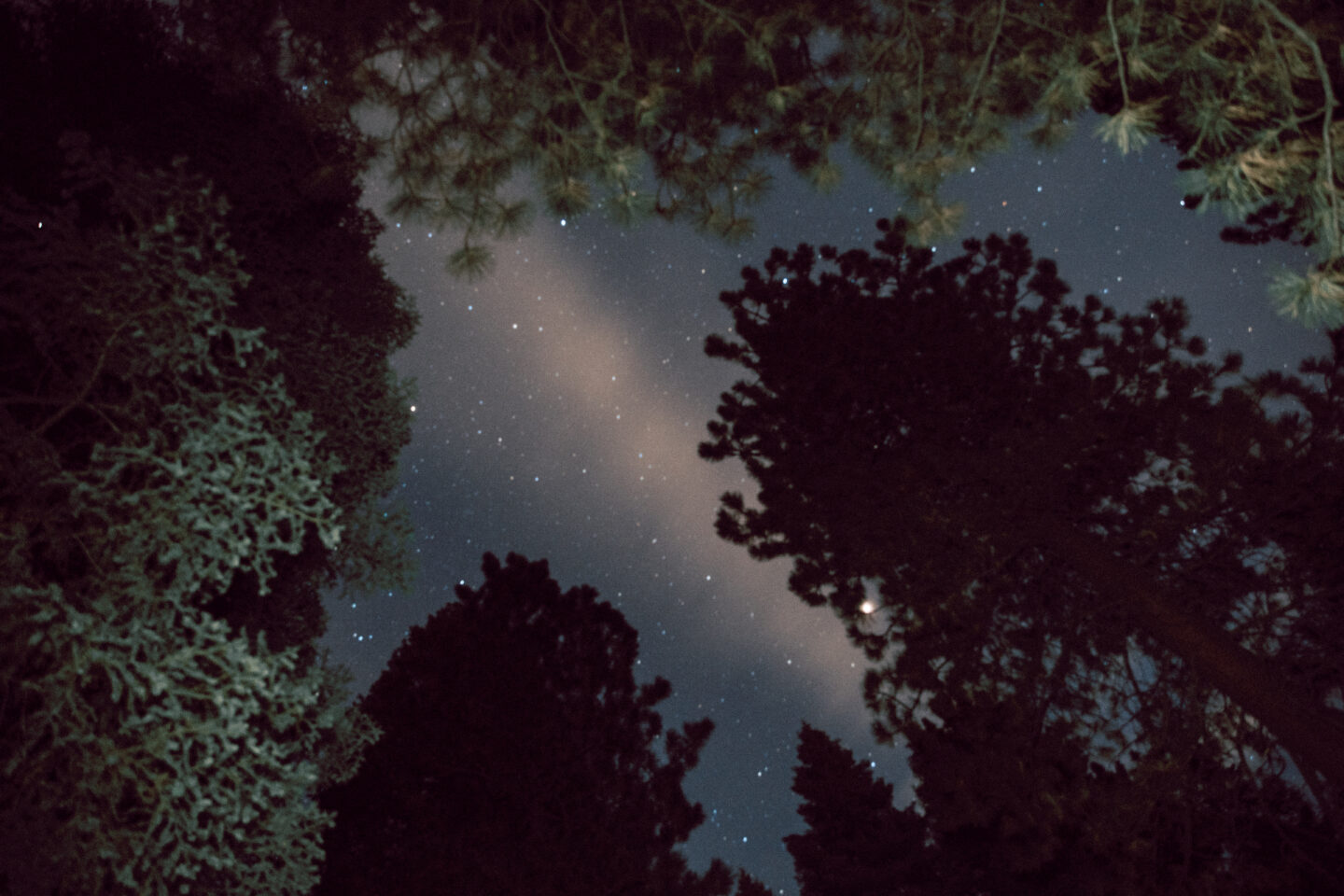
September
Full Corn Moon & Total Lunar Eclipse
The month opens with a radiant Full Moon lighting up the night sky on September 7. Known as the Corn Moon—a nod to the season’s harvest rhythms. It reaches peak brightness at 18:10 UTC, casting a luminous glow across the landscape.
But the show doesn’t stop there: this same evening brings a total lunar eclipse. As the Moon slips fully into Earth’s shadow, its silvery light will dim and shift to a deep copper or blood-red hue. While this transformation won’t be visible from North America, skywatchers in Asia, Australia, and parts of Europe and Africa will have front-row seats.
New Moon, Partial Solar Eclipse & Saturn at Opposition
The night sky resets with a New Moon on September 21 (19:55 UTC), bringing darker skies and a perfect window for spotting fainter celestial sights—think distant galaxies and dreamy star clusters, all without moonlight washing them out.
Earlier in the day, a partial solar eclipse will pass over parts of the Southern Hemisphere. It won’t be visible from North America, but those in New Zealand will witness up to 76% of the Sun obscured by the Moon. Just remember: solar eclipses must be viewed with proper eye protection.
September 21 also brings Saturn into opposition, meaning the ringed planet is directly opposite the Sun from Earth. In short: it’s as close and as bright as it gets all year. Look for it rising in the east at sunset, glowing golden all night long. With a telescope, you might even spot its signature rings and a few moons.
Fall Equinox
At 18:17 UTC on September 22, the Sun will align directly over the equator, ushering in the Northern Hemisphere’s Fall Equinox. Day and night balance nearly evenly across the globe, marking the official start of autumn in the Northern Hemisphere and spring in the Southern. It’s a seasonal reset—both in the skies and on the ground.
Neptune at Opposition
Rounding out the month, on September 23, Neptune also reaches opposition. While this icy blue planet is too distant to shine bright to the naked eye, it’s the best time of year to find it through a telescope. Even then, Neptune will appear as a small blue speck—but knowing you’re looking at a planet nearly 3 billion miles away makes the view all the more extraordinary.
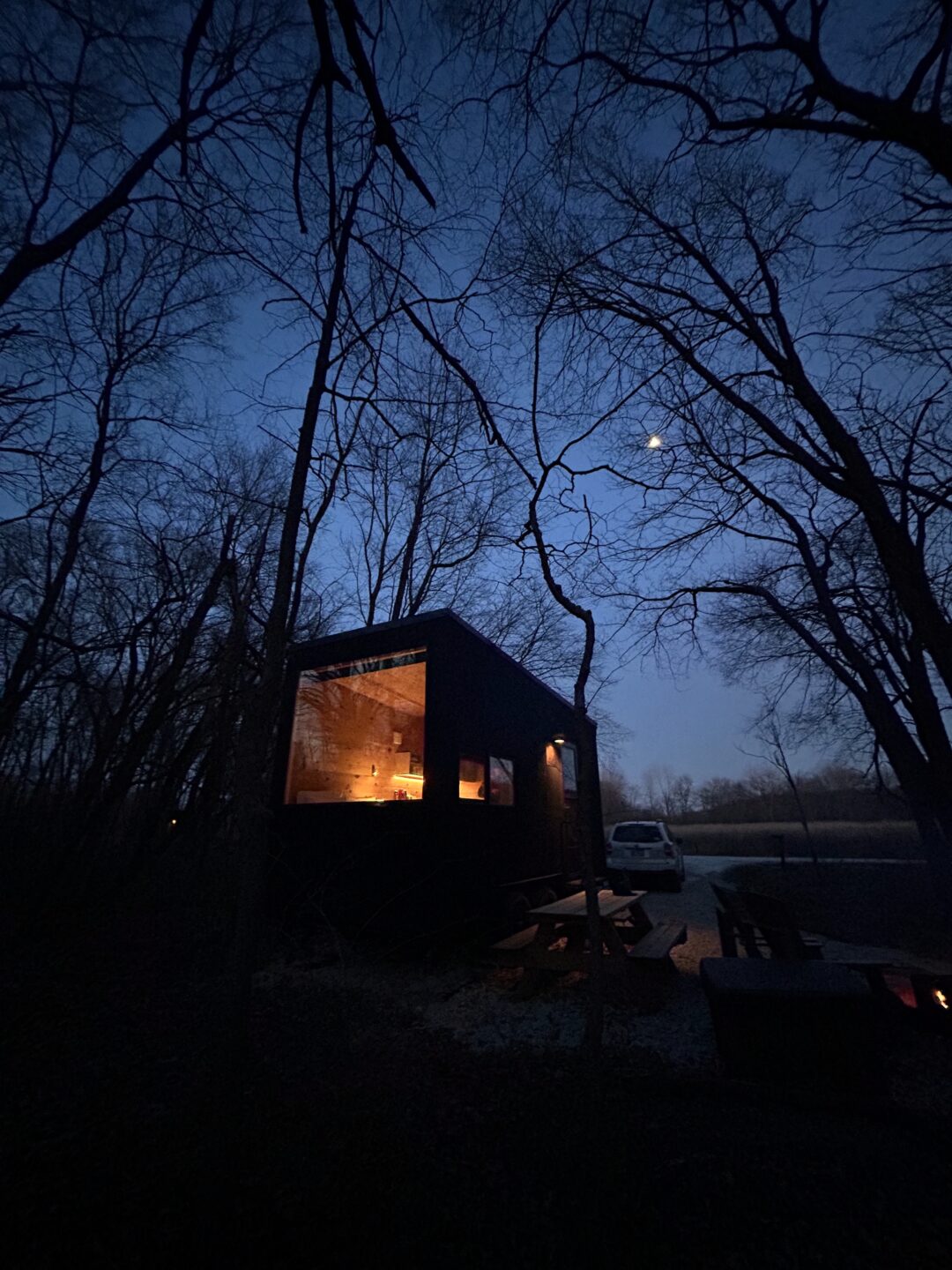
August
Full Moon
On August 9, the Moon will be directly opposite the Sun, fully lighting up its surface as seen from Earth. This full moon reaches peak illumination at 07:56 UTC. Traditionally known as the Sturgeon Moon, it got its name from Indigenous peoples who noticed sturgeon were most easily caught in the Great Lakes during this time. It’s also been referred to as the Green Corn Moon and the Grain Moon, reflecting harvest cycles and seasonal changes.
Perseid Meteor Shower Peaks
One of the year’s most popular meteor showers, the Perseids will reach their peak on the night of August 12 and early hours of August 13. Originating from debris left by Comet Swift-Tuttle, this shower can produce up to 60 meteors per hour under ideal conditions. Although a waning gibbous moon will brighten the sky and obscure fainter meteors, patient stargazers may still catch plenty of brilliant streaks. For the best viewing, find a dark, open sky and look up after midnight. While the meteors seem to radiate from the constellation Perseus, they can be seen anywhere overhead.
Mercury at Greatest Western Elongation
Mercury will reach its farthest apparent distance west of the Sun on August 19, appearing about 18.6 degrees away. This marks an excellent chance to spot the elusive planet in the early morning sky. Look toward the eastern horizon just before sunrise, where Mercury will shine slightly above the horizon line.
New Moon
The new moon occurs on August 23 at 06:08 UTC, when the Moon is positioned between Earth and the Sun. With no visible moonlight to brighten the sky, this night is ideal for observing faint celestial objects like galaxies and star clusters.
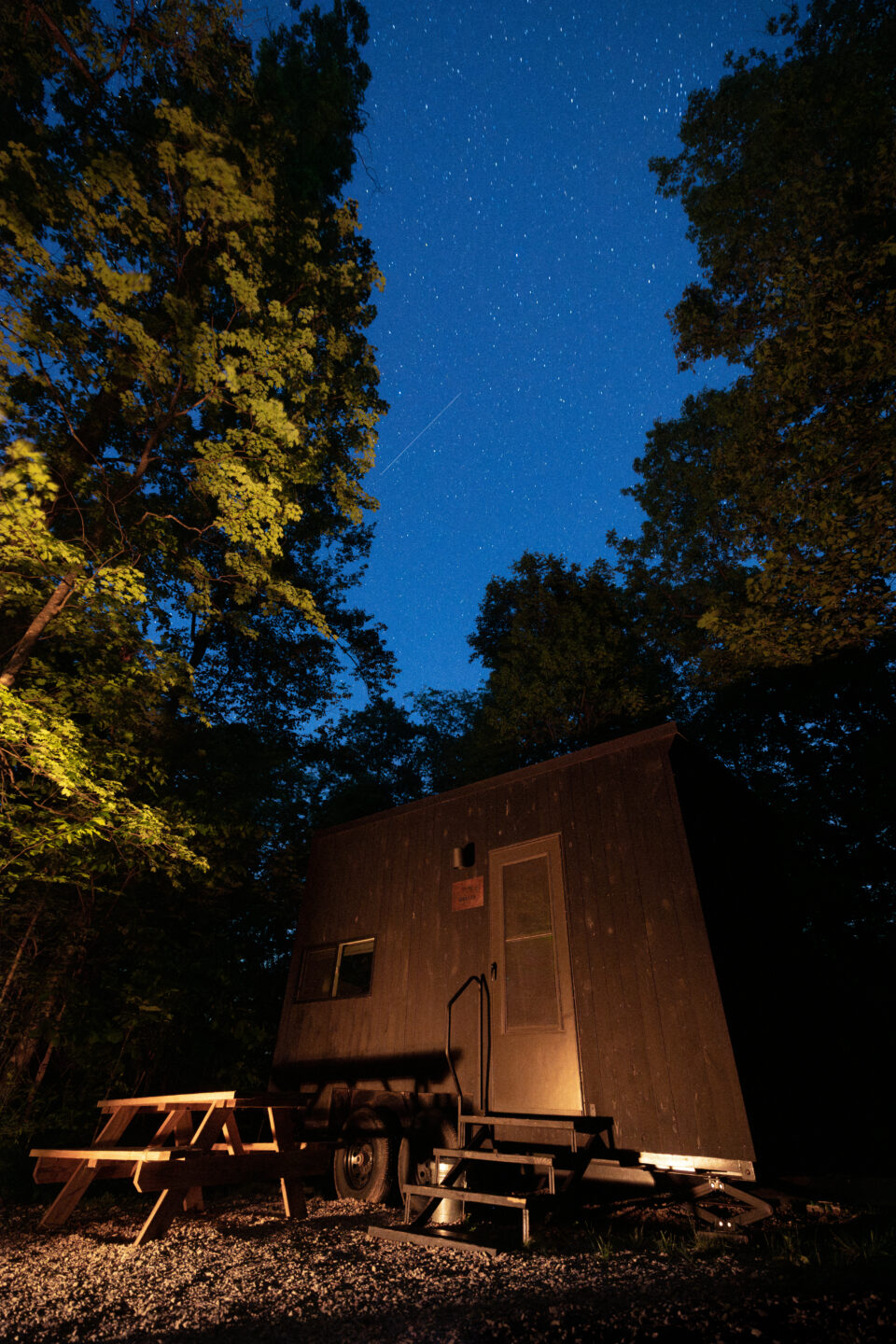
July
Mercury at Greatest Eastern Elongation
Look to the western sky just after sunset on July 4 to spot Mercury glowing low on the horizon. This is your best chance all year to catch the elusive planet, as it reaches its highest point in the evening sky.
Full Moon
July’s full moon on July 10, called the Buck Moon, a reference to the time of year when deer begin growing new antlers. Also known as the Thunder Moon or Hay Moon, it marks a season of summer growth and gathering. Look for it rising in the east just after sunset for a golden, low-hanging moonlight show.
Moon Meets Saturn
In the quiet pre-dawn hours of July 16, watch as the Moon cozies up to Saturn in the southeastern sky. It’s a striking pairing and a great chance to spot Saturn’s glow with the naked eye—or its rings with a telescope.
New Moon
The night of July 24 brings a new moon, when the sky is free of moonlight and perfect for deep-sky viewing. It’s an ideal time to stargaze or search for distant galaxies, star clusters, and nebulae under truly dark skies.
Southern Delta Aquariids Meteor Shower
This gentle but steady meteor shower peaks overnight on July 28 into the early hours of July 29. With a dim moon and clear summer skies, conditions should be ideal to catch up to 20 meteors per hour—look up after midnight for long, graceful streaks radiating from Aquarius but visible all across the sky.

June
Venus at Greatest Western Elongation
Venus shines brilliantly in the early morning sky this month, reaching its greatest distance from the Sun on June 1. Catch it rising just before dawn in the east—it’ll be one of the brightest objects in the sky.
Full Moon
June’s full moon, known as the Strawberry Moon, rises on the evening of June 11. While it won’t appear pink, its name nods to the short and sweet strawberry harvest season in many parts of North America.
Summer Solstice
The longest day of the year arrives with the summer solstice on June 21, marking the official start of summer. Stargazing hours may be shorter, but the extended twilight makes for dreamy golden-hour views.
New Moon
On June 25, the new moon offers another opportunity for deep-sky observation. The absence of moonlight provides optimal conditions for viewing the Milky Way and other subtle cosmic features. This lunar event also encourages reflection and setting intentions.
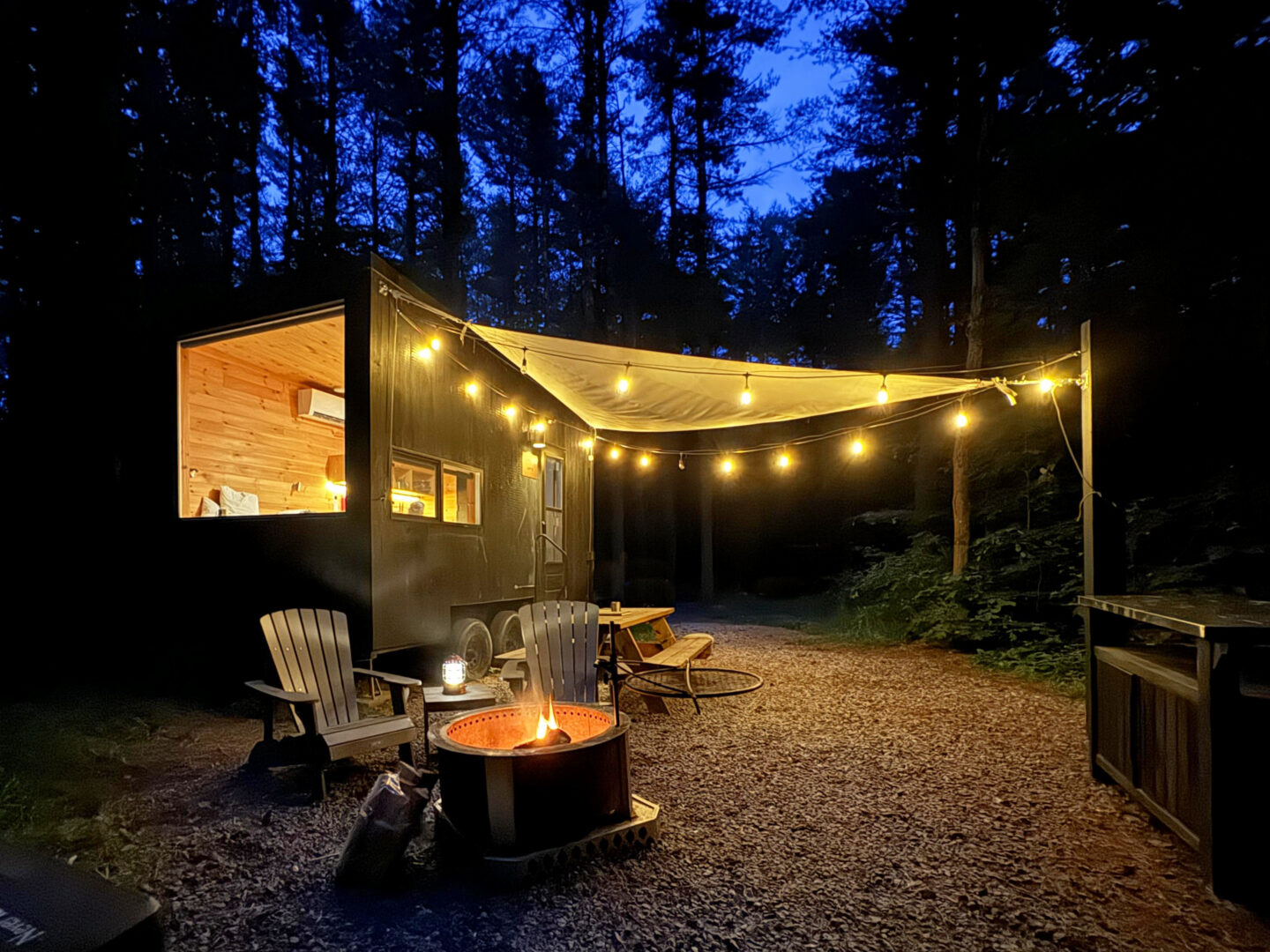
May
Throughout May, early risers can catch Venus and Saturn low in the eastern sky just before sunrise—starting the month close together, with Saturn gradually climbing higher each day. In the evening sky, Mars and Jupiter are visible in the west for a couple of hours after sunset, with Jupiter setting earlier as the month goes on. It’s also a great time to learn the Corona Borealis constellation in the eastern night sky—perfect practice for spotting the anticipated T CrB nova expected in the coming months.
Eta Aquariids Meteor Shower
This meteor shower, typically visible annually between April 19 and May28, is set to peak in the early hours of May 6. While the two or three nights leading up to the peak can still offer some good sightings, the best viewing conditions occur after the Moon sets around 3 a.m., leaving the skies darker and more favorable for spotting meteors until dawn. This shower is especially noted for its bright meteors and long-lasting trails, with rates potentially reaching up to 50 per hour during peak times, however in the Northern Hemisphere, skywatchers can typically expect to see around 10 to 20 meteors per hour.
Full Moon
The full moon on May 12, also known as the Flower Moon, will bloom to the height of its illumination at 12:56pm EDT. The Flower Moon marks a celebration of spring’s arrival, a name rooted in Algonquin traditions reflecting the season’s abundance of blooming plants. This year, it will appear as a Micromoon, rising just after sunset and appearing slightly smaller due to its distance from Earth. It’s a perfect night to step outside and take in the changing season under a softly glowing sky.
New Moon
The new moon arrives on May 27, ushering in a dark sky ideal for stargazing. With no moonlight to interfere, it’s a perfect time to observe faint celestial objects like star clusters and distant galaxies. This lunar phase also marks a fresh start.

April
Full Moon
On April 13, bask in the brightness of April’s Full Moon, also known as the Pink Moon, as it is tied to the first spring blooms of wild ground phlox, often called moss pink. This Pink Moon will be at its fullest at 00:24 UTC, and since it is the first full moon after the Spring Equinox, signifies the Spring season is in full swing, marking the return of life after Winter.
Mercury at Greatest Western Elongation
On April 21, catch Mercury at its greatest western elongation from the Sun, making the best time to spot the elusive planet. At its furthest distance from the Sun’s glare, look low in the eastern sky before sunrise to spot the pinkish planet before the Sun emerges above the horizon. Since Mercury orbits so closely to the Sun, it is most often in the sky at the same time as the Sun, making it rarely visible in the night sky.
Lyrids Meteor Shower
The night of April 22 and early morning of April 23 are the best time to view this annual meteor shower, which occurs each year between April 16th and April 25th. At its peak, the shower produces about twenty meteors per hour. For the best show, look to the constellation Lyra, from where meteors will radiate, however, the bright dust trails that last several seconds each, can be seen anywhere in the night sky. The thin waning crescent moon will pose little obstruction to view this celestial event.
New Moon
Experience the darkness of the new moon on April 27, when far-off galaxies and star clusters are easier to spot. The new moon phase is a time for introspection and new beginnings. Use this Spring new moon as a reset — escaping to nature solo, or with loved ones and friends — to set intentions, build new habits, and reflect on recent growth. It’s written in the stars.

March
Year of the Snake
As we settle into the Lunar New Year, the Year of the Snake is a time of transformation, wisdom, and renewal. Snakes are often seen as symbols of rebirth and adaptability, making this the perfect time to reflect and embrace the changing seasons. Use your escape to nature this month as an opportunity to connect with these themes and find clarity in the stillness of the woods.
Total Lunar Eclipse
Mark your calendars for the spectacular total lunar eclipse on March 14. During this event, the Moon will pass entirely through the Earth’s umbra (dark shadow), turning a mesmerizing rusty or blood-red color. Visible across North America, Mexico, Central America, and South America, this celestial phenomenon offers a rare and stunning opportunity to witness the Moon in a whole new light. Grab a cozy blanket, head outdoors, and prepare to be awed by this lunar spectacle.
March Equinox
At 08:58 UTC on March 20, we welcome the March equinox. This day marks a moment of balance, where the Sun shines directly on the equator, resulting in nearly equal parts daylight and darkness worldwide. In the Northern Hemisphere, it’s the first day of spring—a time of renewal, growth, and budding blooms. For our friends in the Southern Hemisphere, it signals the first day of fall. Take this opportunity to reflect on balance in your own life as the natural world transitions into a new season.
New Moon
On March 29, the Moon will align with the Sun, creating a new moon phase. With the absence of moonlight, this is the perfect night for stargazing. The sky will be its darkest, allowing faint celestial objects—like distant galaxies and star clusters—to shine brilliantly. Whether you bring a telescope or simply lie back and enjoy the show, the New Moon is a great reminder of the beauty found in nature’s quiet moments.

February
Full Moon
On February 12 at 13:55 UTC, the Full Moon will illuminate the night sky in all its glory. Known as the Snow Moon by early Native American tribes, this lunar event reflects the harshest winter conditions, as February often brought heavy snowfall. Some tribes also called it the Hunger Moon due to the difficulty of hunting during these cold, unforgiving months. Spend a quiet evening by the cabin window, letting the moonlight reflect off the snowy landscape for a truly magical winter scene.
Saturn in Conjunction with the Sun
On February 15, Saturn will reach conjunction with the Sun. This means the ringed planet will pass directly behind the Sun from Earth’s perspective, rendering it invisible. Although we can’t observe Saturn during this time, it’s a good opportunity to reflect on the wonders of our solar system and prepare for its return to the night sky in the months ahead.
Venus at Greatest Eastern Elongation
At its greatest eastern elongation on February 20, Venus will be at its farthest point from the Sun in the evening sky. This makes it the perfect time to catch the dazzling “Evening Star.” Look west just after sunset to see Venus shining brightly, outshining almost every other celestial object. It’s a sight you won’t want to miss while enjoying your escape into nature.
New Moon
On February 28, the Moon will enter its new phase at 00:46 UTC. With the Moon completely hidden from view, the sky will be at its darkest—an ideal time for stargazing. Use this opportunity to spot faint celestial objects like galaxies and star clusters, free from the interference of moonlight. Find a spot away from cabin lights, bundle up, and let the infinite expanse of the universe leave you in awe.
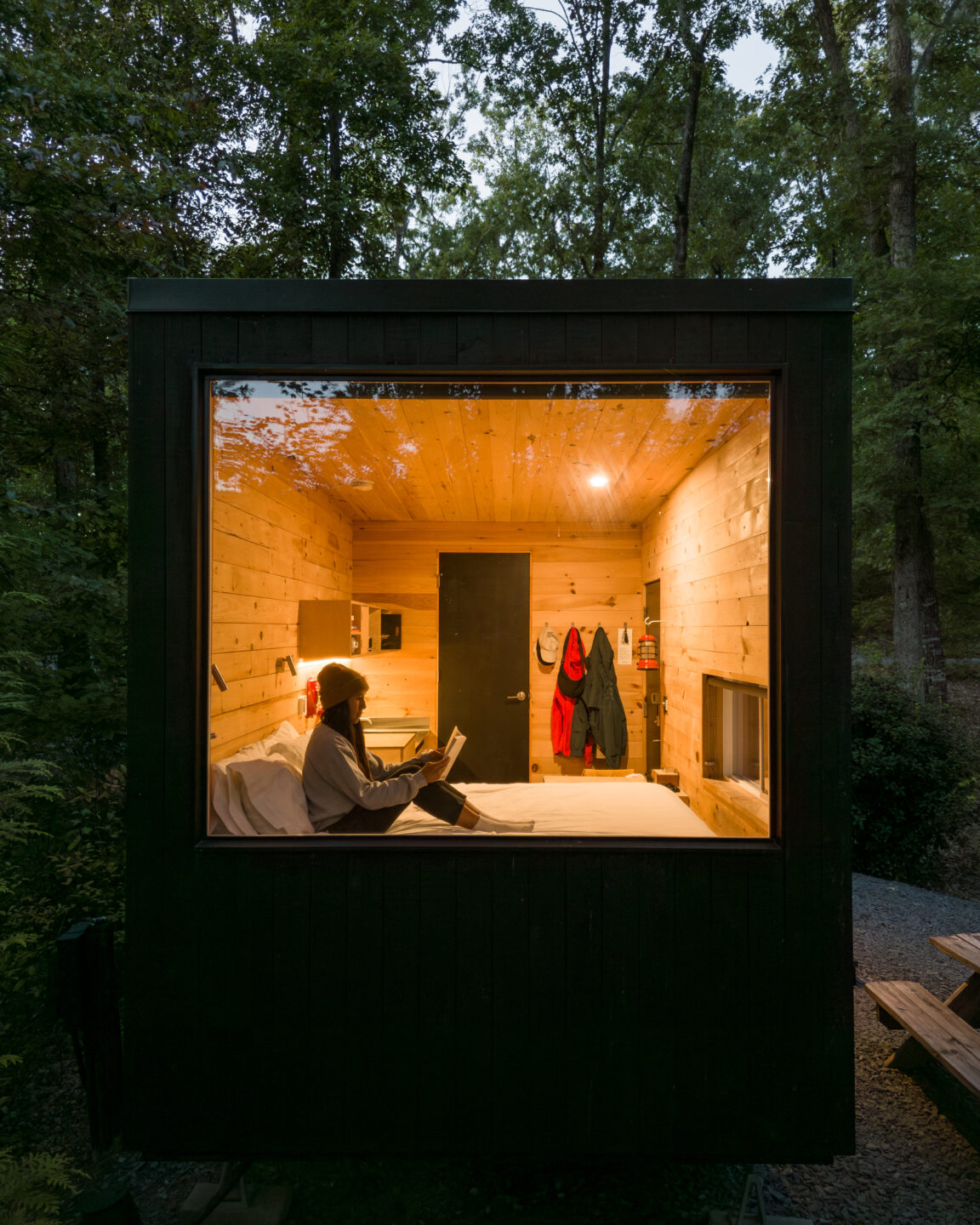
January
Quadrantids Meteor Shower
The Quadrantids meteor shower peaks on the night of January 3rd and the early morning of January 4, offering one of the first celestial shows of the new year. Known for its above-average activity, the Quadrantids can produce up to 40 meteors per hour at its peak. This shower is thought to originate from dust grains left behind by the extinct comet 2003 EH1, discovered in 2003. With a crescent moon setting early in the evening, skies will be dark, providing excellent conditions for meteor viewing. For the best experience, find a dark location after midnight. The meteors will radiate from the constellation Bootes but can appear anywhere in the sky.
Venus at Greatest Eastern Elongation
On January 10, Venus will reach its Greatest Eastern Elongation, at 47.2 degrees from the Sun. This is the best time to view Venus, as it will be at its highest point above the horizon in the evening sky. Look for the bright “Evening Star” shining in the western sky after sunset. Venus will be a stunning sight, easily visible even without a telescope, making it a treat for both amateur astronomers and casual stargazers.
Full Moon
The Full Moon on January 13 will occur at 22:28 UTC, lighting up the night sky with its fully illuminated face. Known as the Wolf Moon by early Native American tribes, this full moon signifies the time of year when hungry wolf packs were heard howling outside villages. It is also referred to as the Old Moon and the Moon After Yule. The bright moonlight provides a wonderful opportunity to observe the moon’s detailed surface features, such as craters, valleys, and mountain ranges. It’s an ideal time for moonlit walks and nighttime photography.
Mars at Opposition
January 16 brings Mars to Opposition, marking its closest approach to Earth this year. Fully illuminated by the Sun, the red planet will be brighter than at any other time and visible all night long. This is the best opportunity to view and photograph Mars. With a medium-sized telescope, you can observe some of the planet’s dark surface features, like polar ice caps and dark plains. The reddish-orange glow of Mars will be a stunning sight, making this event a highlight for both seasoned astronomers and casual observers.
New Moon
On January 29, the New Moon will occur at 12:37 UTC. During this phase, the Moon is positioned between the Earth and the Sun, making it invisible in the night sky. This absence of moonlight offers the darkest skies of the month, perfect for observing faint celestial objects like distant galaxies, star clusters, and nebulae. Whether you’re using a telescope, binoculars, or simply your eyes, the New Moon provides the ideal conditions for deep space exploration and astrophotography.

